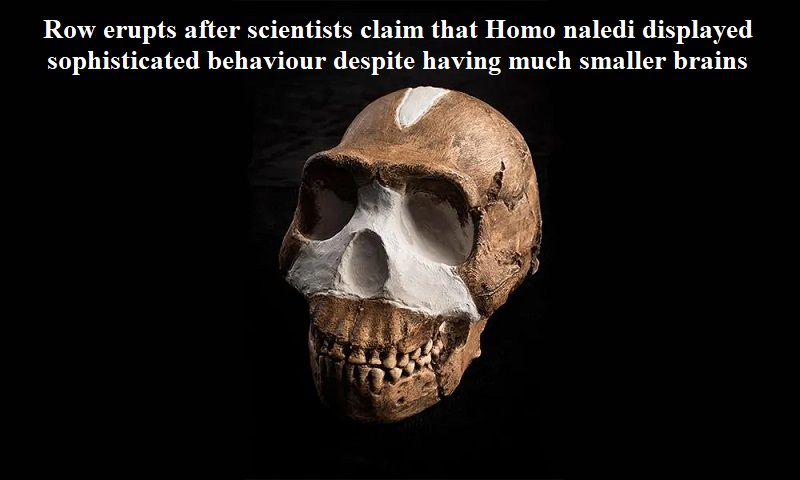
A controversy has arisen nearly a month after scientists claimed that Homo naledi, an ancient human species, displayed advanced behavior despite having much smaller brains than Homo sapiens. The initial study, which had not undergone peer review at the time, sparked discussions about human evolution and the potential errors in our understanding. However, the situation has now taken a turn.
Peer reviews of the H. naledi study have been conducted, and the assessments are scathing, with accusations that the researchers overemphasized and exaggerated the facts. Some reviewers described the claims as inadequate, incomplete, and based more on assumptions than solid evidence. They expressed skepticism about the evidence presented, stating that it does not convincingly support the researchers’ conclusions.
Palaeoanthropologist Andy Herries of La Trobe University in Melbourne stated that while he has no issue with the idea of non-Homo sapiens species burying their dead, he expects robust scientific evidence before such claims are promoted in massive media campaigns.
Critics expressed concern that the Netflix documentary “Unknown: Cave of Bones,” based on the findings, may detract from future study of the site. They emphasized that the Rising Star site and the naledi material are already remarkable and that there was no need to exaggerate the findings.
Last month, three studies published in the journal eLife suggested that H. naledi not only buried their dead but also created engravings deep within a cave system in southern Africa around 300,000 years ago. The new claims were led by paleoanthropologist Lee Berger, who first reported the discovery of Homo naledi in 2013.
Berger and his team found more than 1,800 bone fragments in an underground chamber accessible only through a four-story vertical drop. The researchers argued that the positioning and intactness of some skeletal remains suggested careful placement, possibly indicating a form of burial.
Despite the controversy and negative response from the scientific community, Berger’s book “Cave of Bones” is scheduled to be published by National Geographic next month. The critiques have raised concerns about credibility and future funding for related research.

Post Your Comments